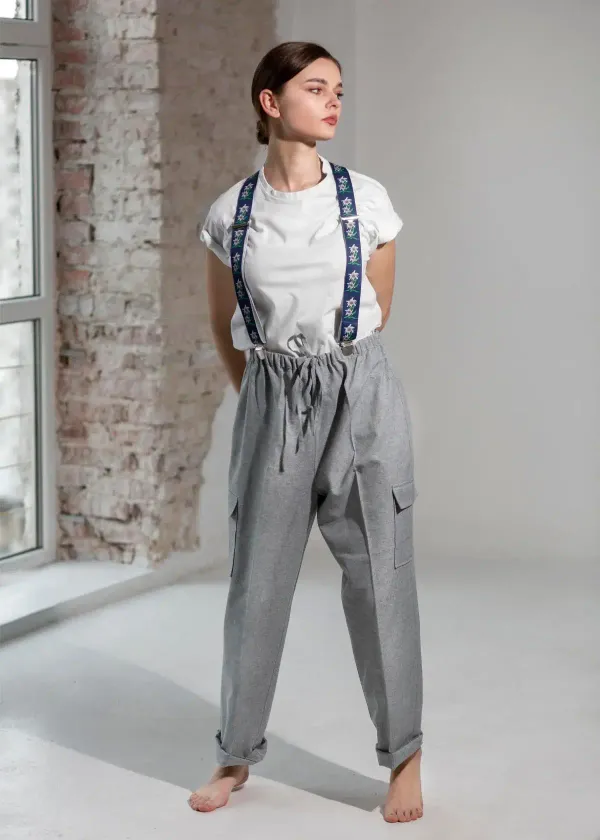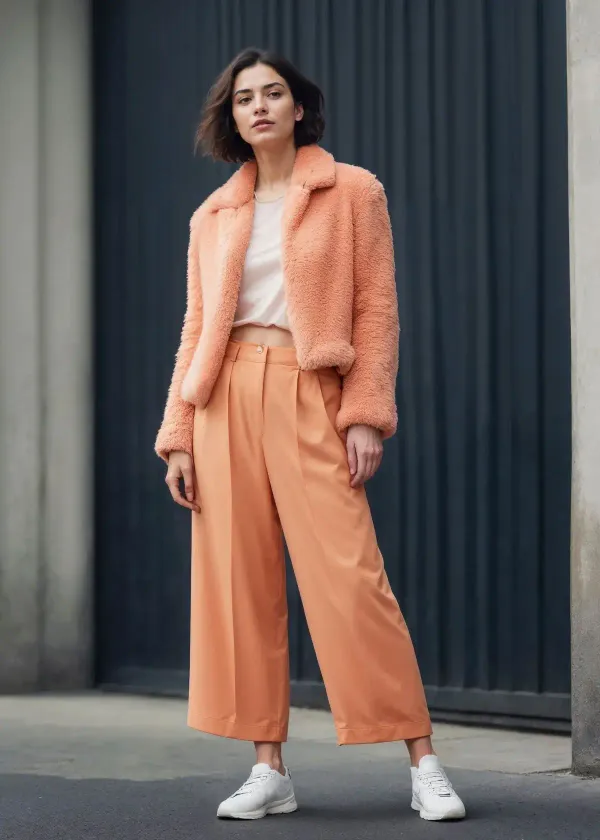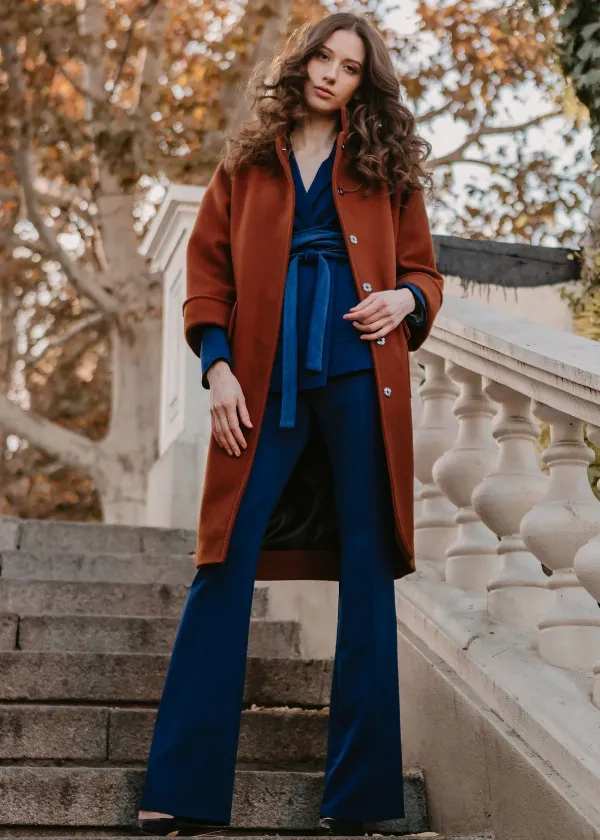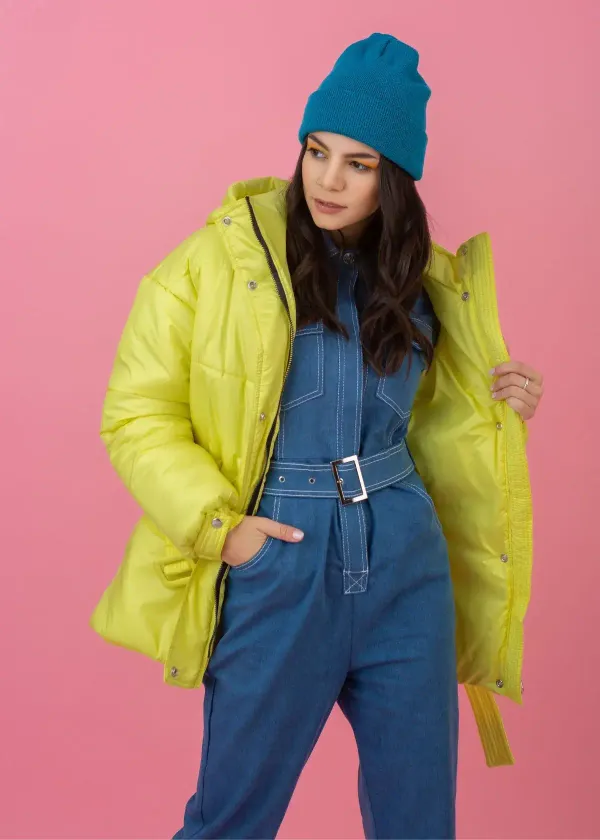Compression socks have gained popularity over the years due to their excellent benefits. The graduated compression helps promote better circulation in the legs, reducing the risk of blood clots, swelling, and pain. While compression socks may have been associated with the elderly and athletes, fashion lovers are embracing this trend today. Manufacturers have designed compression socks in various colors and patterns that complement an outfit, making them an excellent accessory for any occasion. If you're considering adding compression socks to your wardrobe, this article will enlighten you on what compression socks for women are and why they are essential in your daily regimen.
What Are Compression Socks For Women?
Compression socks are stockings designed to help blood circulation by exerting pressure on the feet and legs. The pressure gradually decreases as the socks move towards the knees or thighs. Doing so minimizes the risk of blood clots and other circulation problems. These socks come in different lengths, levels of compression, and styles. They also come in a range of colors and patterns, making them an excellent addition to any outfit, whether casual or formal.
Benefits of Wearing Compression Socks
The benefits of wearing compression socks are significant for both health and beauty. While the primary use of compression socks is promoting better circulation, the benefits extend beyond that. They help reduce the risk of varicose veins, spider veins, and swelling in the legs. Compression socks can also alleviate the pain associated with leg problems, such as Achilles tendonitis, plantar fasciitis, and calf cramps. Besides the health benefits, women's compression socks are fashionable and add a unique touch to any outfit.
How to Wear Compression Socks
To get the best benefits of wearing compression socks, it's essential to wear them correctly. Start by selecting the proper size that fits comfortably. The wrong size can cause discomfort and may not deliver the right compression level. Ensure the sock is wrinkle-free, and pull it up gently towards the knee or thigh. Don't pull it too hard, as this may cause the sock to tear or lack the desired pressure. Also, follow the manufacturer's instructions regarding wear time and washing.
Choosing the Right Compression Socks
When choosing compression socks, there are vital factors to consider, such as the compression level, length, and color or pattern. The level of compression is crucial in deciding the purpose of the socks. Light compression suits mild pain and swelling, while moderate to high compression is ideal for severe leg problems and circulation issues. The length of socks is also essential for every occasion. Knee-high compression socks are great for layering and casual wear, while thigh-high compression socks are excellent for formal events and dressy occasions. Finally, consider the color or pattern that complements your outfit, adding elegance and class to any attire.
To sum up, compression socks for women are a great addition to any wardrobe. They provide significant health benefits while adding a unique touch to any outfit, and sports enthusiasts and fashion lovers are embracing this trend. When selecting compression socks, consider the level of compression, length, and color or pattern that suits your purpose. Remember to wear them correctly as instructed by the manufacturer for the best results. Compression socks not only offer comfort and help alleviate pain, but they also keep you fashionable and stylish!
Are you tired of achy, swollen feet after a long day? You're not alone. Many women struggle with poor circulation and fatigue in their lower extremities. Fortunately, there's a solution that doesn't involve taking medication or undergoing invasive procedures. Compression socks are scientifically proven to improve blood flow and reduce leg swelling. But with so many options on the market, how do you know which ones to choose? We've researched for you and rounded up the best compression socks for women. From cute and colorful to discreet and professional, there's a pair for everyone. Follow the link to check out our top picks and find your new favorite compression socks today!
What is the purpose of wearing compression socks?
Compression socks serve the vital purpose of enhancing blood circulation in the legs. By applying graduated pressure – tighter at the ankle and gradually decreasing as it moves upward – these specialized socks effectively combat gravity's effects on blood flow. This design helps prevent blood from pooling in the lower extremities and reduces swelling, making compression socks an essential tool in managing various leg-related health issues. Whether dealing with varicose veins, deep vein thrombosis, or edema, wearing compression socks can alleviate discomfort and enhance your overall leg health.
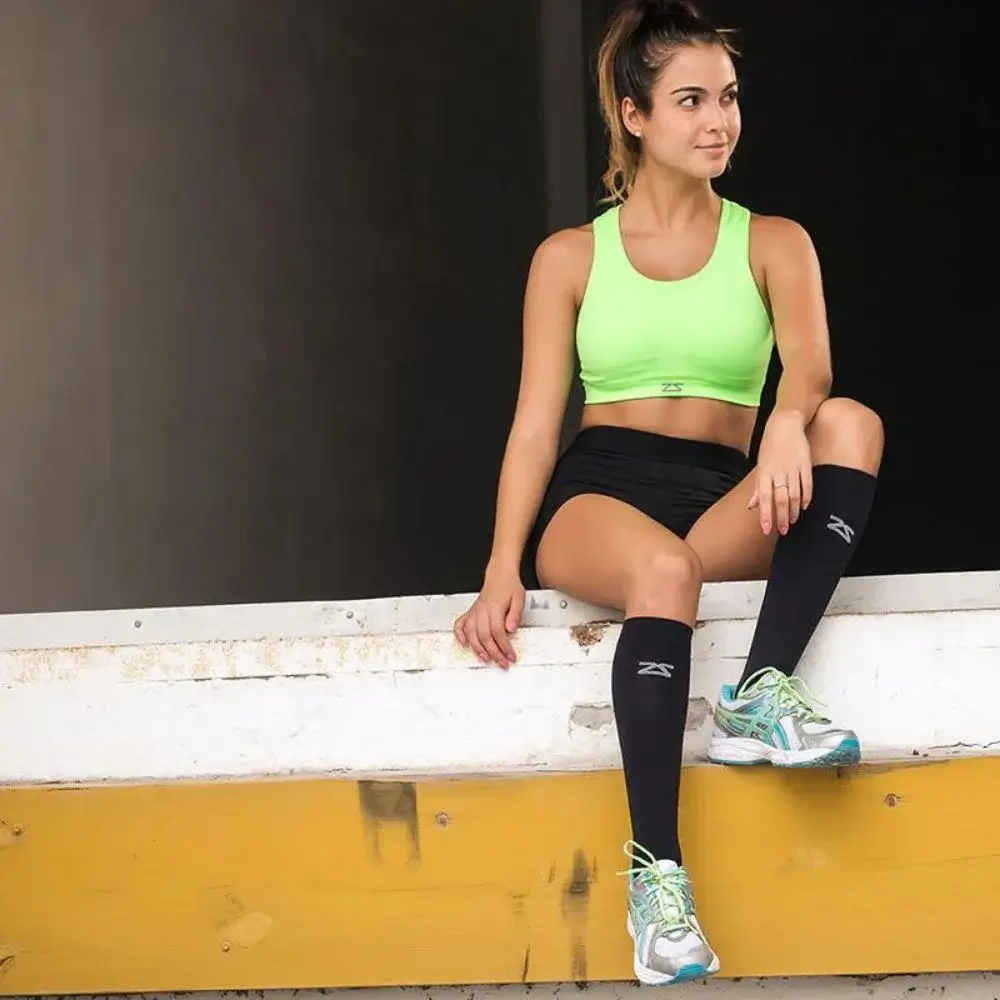
What level of compression should I choose for my socks?
Your specific needs and the guidance of a healthcare professional determine the appropriate compression level for your socks. In general, lower levels of compression, typically around 15-20 mmHg, are suitable for addressing mild swelling and discomfort. Conversely, higher compression levels, often exceeding 20-30 mmHg, are better suited for more severe conditions and complications. To determine the precise compression level you require, it is essential to consult with a medical expert who can assess your condition and provide tailored recommendations.

What is the difference between compression socks and regular socks?
Compression socks are distinct from regular socks in both their design and their purpose. Traditional socks primarily offer comfort and protect your feet from friction and impacts. In contrast, compression socks are specially engineered to exert graduated pressure on your legs. This pressure gradient significantly enhances blood flow, reducing the risk of blood pooling in the lower limbs. Thus, compression socks are uniquely designed to relieve leg-related conditions and improve overall vascular health, differentiating them from everyday hosiery.
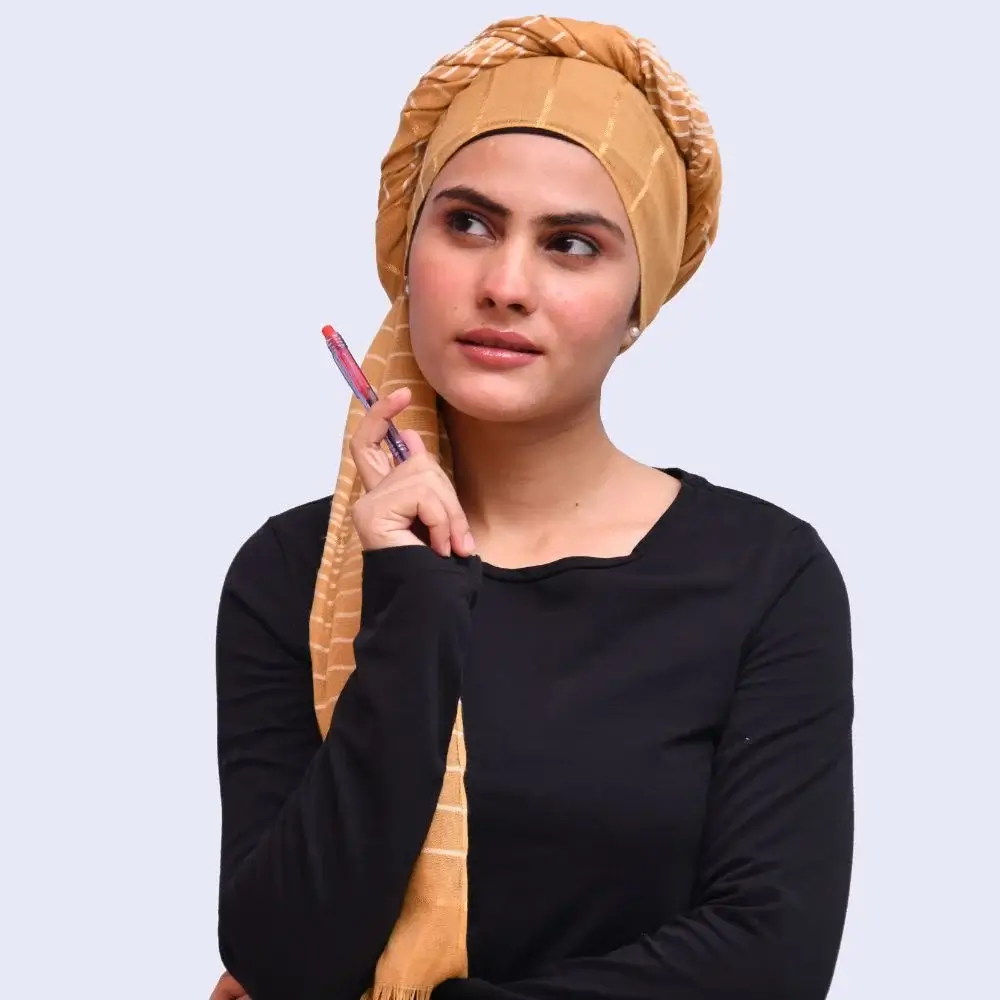
How do compression socks work to improve circulation?
The mechanism underlying the efficacy of compression socks lies in their ability to exert graduated pressure on the leg muscles and veins. This design is characterized by the socks being tightest at the ankle and gradually loosening as they move upward. This compression action acts as a gentle yet consistent massage for the veins in the legs, promoting improved blood circulation. By exerting pressure, compression socks encourage blood to flow back towards the heart, thus preventing the accumulation of blood in the lower limbs and reducing swelling and discomfort. Furthermore, improved circulation is pivotal in reducing the risk of developing conditions such as deep vein thrombosis, varicose veins, and edema while contributing significantly to overall vascular health.

How often should I wash my compression socks?
To maintain the effectiveness and longevity of your compression socks, it is advisable to wash them regularly. Frequent washing helps maintain the compression fibers' elasticity and ensures that the socks remain hygienic, which is especially important when they are worn to manage specific medical conditions. Hand washing your compression socks with mild soap and cold water is the preferred method, but they can also be machine washed on a gentle cycle. However, it is crucial to avoid using harsh detergents and fabric softeners, as these substances can damage the specialized compression fibers. Always refer to the manufacturer's care instructions for your specific socks to ensure their lasting quality.
Should I wear compression socks during exercise or physical activity?
The versatility of compression socks extends to physical activities, making them a viable choice for those engaging in exercise and various physical pursuits. During exercise, these socks offer several benefits that can positively impact your performance and recovery. Firstly, compression socks support your leg muscles, reducing muscle vibration, which can help improve overall stability and endurance. Besides, they contribute to enhanced blood circulation, improving exercise performance and aiding in a quicker recovery after strenuous physical activities.



